Soccer/association football is the most popular sport in the world for three main reasons. They are: its worldwide fan base of over a billion spectators, its rich history that spans over a period of more than 150 years, and its rivalries. The latter is best portrayed by soccer derbies, which have over the years produced a number of the sport’s defining moments.
What does derby mean in soccer? In soccer a derby is a match between two teams that hail from the same locality. Put differently, it is a fixture involving teams that are from the same part of a country or from the same city. The key factor that determines whether or not a match is considered to be a derby is the closeness in the geographical proximity of the participating teams.
Most top-tier professional football leagues, especially those in Europe and South America, have derbies. They include England’s Premier League (EPL), Spain’s La Liga, Germany’s Bundesliga, France’s Ligue 1, Italy’s Serie A, Scotland’s Professional Football League and Portugal’s Primeira Liga. Brazil’s, Argentina’s and Greece’s top divisions also have derbies which rival those of their counterparts in terms of attendance.
The Origin and History of the Word “Derby”
Many football historians have argued about both the origin of the word derby. Out of the many theories that purport to have coined the word, only two are considered to have a legitimate claim. The first theory suggests that the word derby may have been coined by the 12th Earl of Derby in the late 18th century.
The Earl in question had started a tradition of horse racing which he saw fit to name “the Derby” after the region that he was in charge of. A direct descendant of the Earl has however since gone on record to disclose that the word derby initially referred to an annual rugby game between Wigan and St. Helens which was hosted at the/their Stanley family’s estate near Liverpool, Merseyside, England.
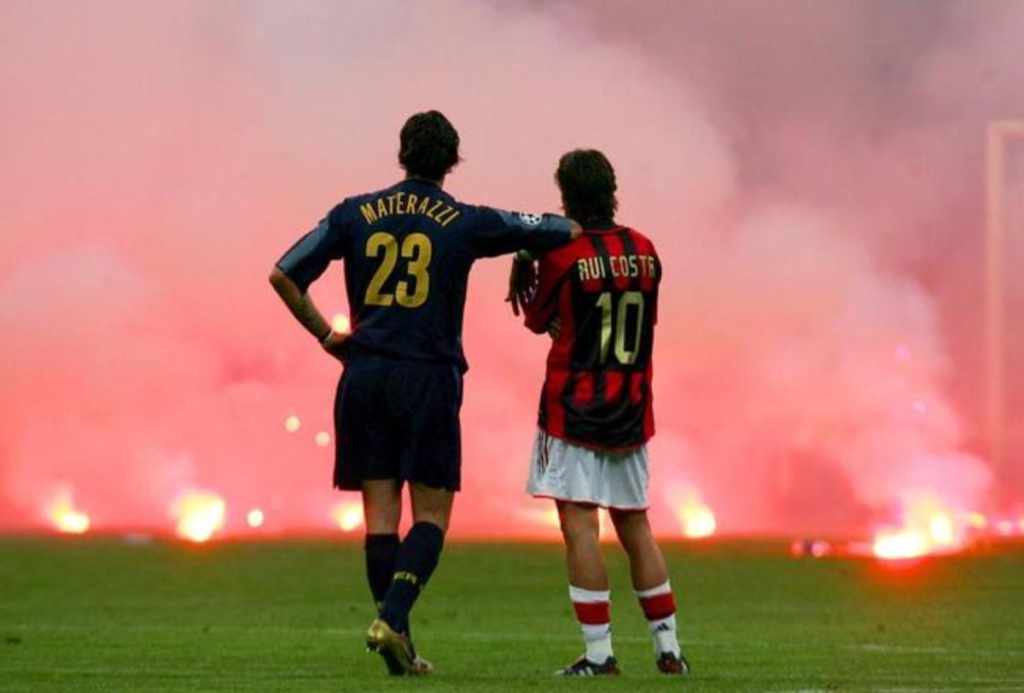
A second theory proposes that the word derby comes from a hybrid of both association and rugby football which was invented in the 12th century called The Royal Shrovetide Football Match. Its moniker, “hugball” denotes just how ungoverned and messy the sport, which was conceived in the town of Ashbourne in Derbyshire, England was.
Hugball rules were simple. There were two goals, which were approximately three miles apart: one at Nun Mills in the north and the other at Gallows Balk in the south of the town respectively. There were two teams made up of players from the neighboring towns and/or parishes. The teams were nicknamed “the uppers” and “the downers” depending on which area players were drawn from and which of the two goals the players would be attempting to score through or defend.
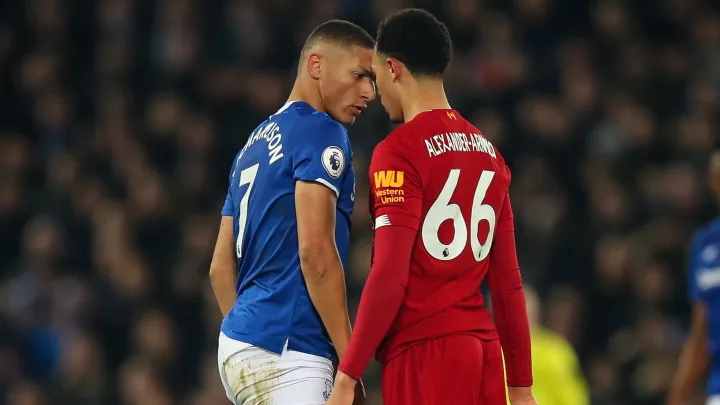
These games had virtually no rules although excessive unsportsmanlike conduct was discouraged. They were known to involve up to 1,000 players and to result in serious injury and fatalities which only fueled the animosity between the two teams. The goal of the game was to get a painted leather ball into their rivals’ goal through arguably any means necessary.
Residents of the town of Ashbourne still play Shrovetide Football on Shrove Tuesday every year albeit with significantly less violence. The word derby has come to refer to matches between teams from the same city, town or area.
Why Derbies Are a Big Deal
Participating in the same sport while residing in the same locality naturally creates rivalry between teams. Such rivalries are known to extend beyond matches and into the lives and livelihoods of the ‘warring’ factions since most fan bases are primarily local supporters who live and work in the areas.
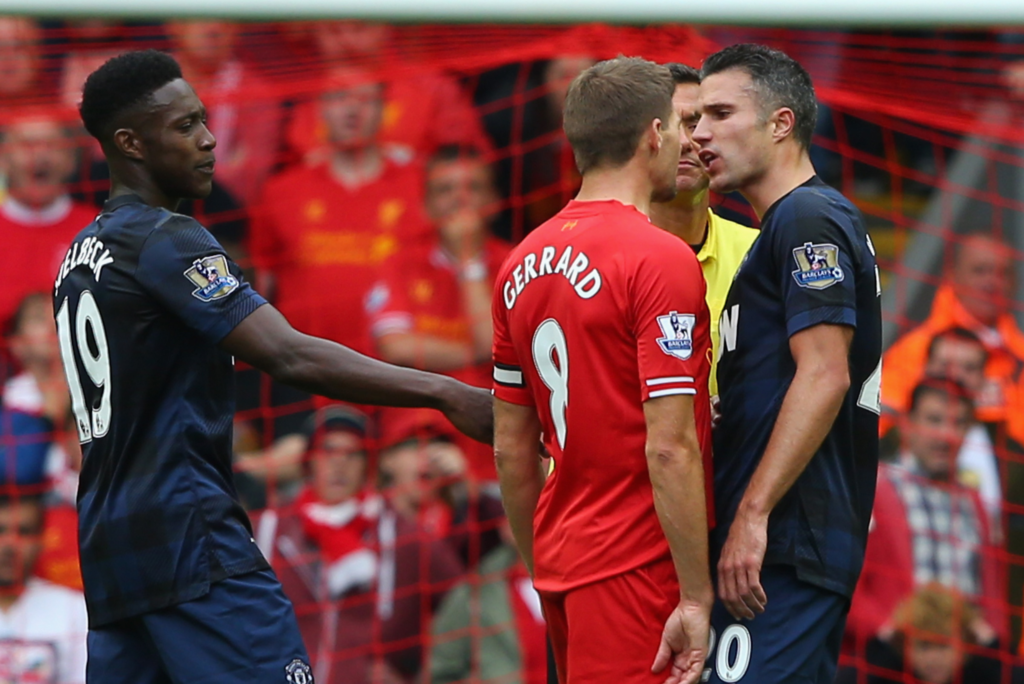
Each of the teams in a derby strives to assert its dominance over the other and matches between them are rarely, if ever, based on tactics. The objective in such games is for either team to emerge victorious and secure the bragging rights that come with it and the chagrin of their opponents.
Derby matches are memorable because of these high stakes. In derbies, victory is the only option. Defeat is not a luxury either team can afford since it warrants ridicule until another opportunity presents itself at a subsequent derby for the defeated team (and its supporters) to attempt to vindicate themselves.
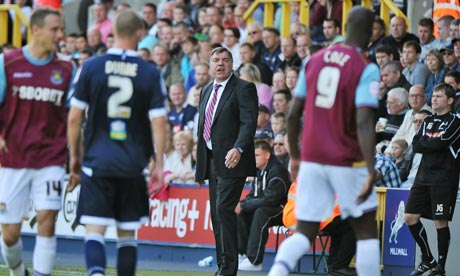
Rivalries in derbies are not born solely out of the “complications” that come with two teams residing in the same area. Cultural, political and socio-economic aspects also factor in. A good example here is the long-standing fierce rivalry between London-based teams West Ham United and Millwall which is believed to have stemmed from an industrial dispute.
Derbies are known as Clásicos in most South American countries and as crosstown rivalries in the United states. It is however important to note that the famous El Clásico clash between Barcelona and Real Madrid is just a bitter rivalry and not technically a derby because the two teams do not reside in the same locality.
Famous Soccer/Football Derbies
Here are examples of some of the most famous football/soccer derbies in the world.
1. The Manchester Derby – Manchester United and Manchester City have been archrivals since they first clashed on November 12, 1881. The largest attendance for this derby was recorded on September 20, 1947 with 78,000 fans from both clubs. United has been the victor in most of their meetings though City have been looking to change the narrative in the recent past.
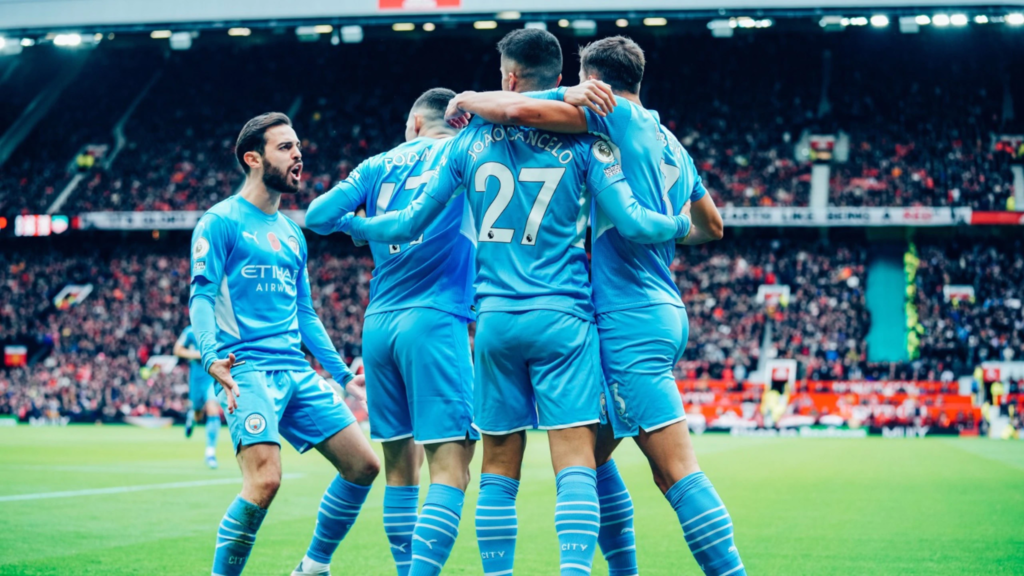
2. El Derbi Madrileño – this derby is a contest between Madrid-based powerhouses Real Madrid and Atlético Madrid. Their first such meeting was on December 2, 1906 and their rivalry has been fueled by a number of factors including differences in political ideologies. Real currently hold the upper hand with a record of over 100 wins over their adversaries.
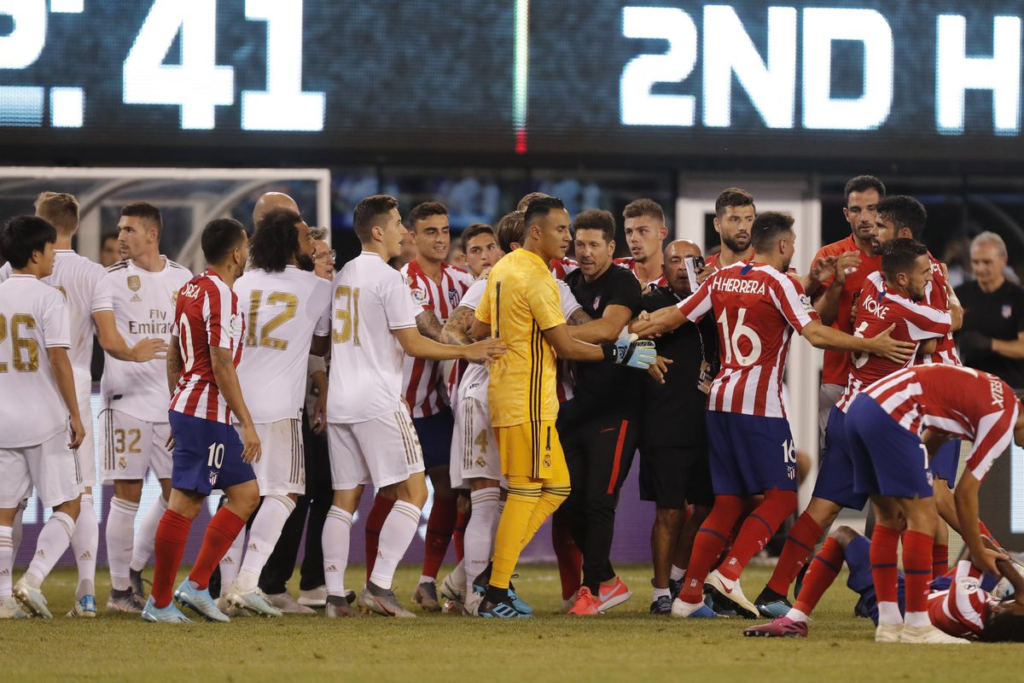
3. Der Klassiker – this is the derby to watch in Germany and involves Bundesliga powerhouses Bayern Munich and Borussia Dortmund. The clubs first met on October 16, 1965 and have intensified their rivalry in recent years. Bayern presently command the lion’s share of victories with over 20 more than Dortmund.
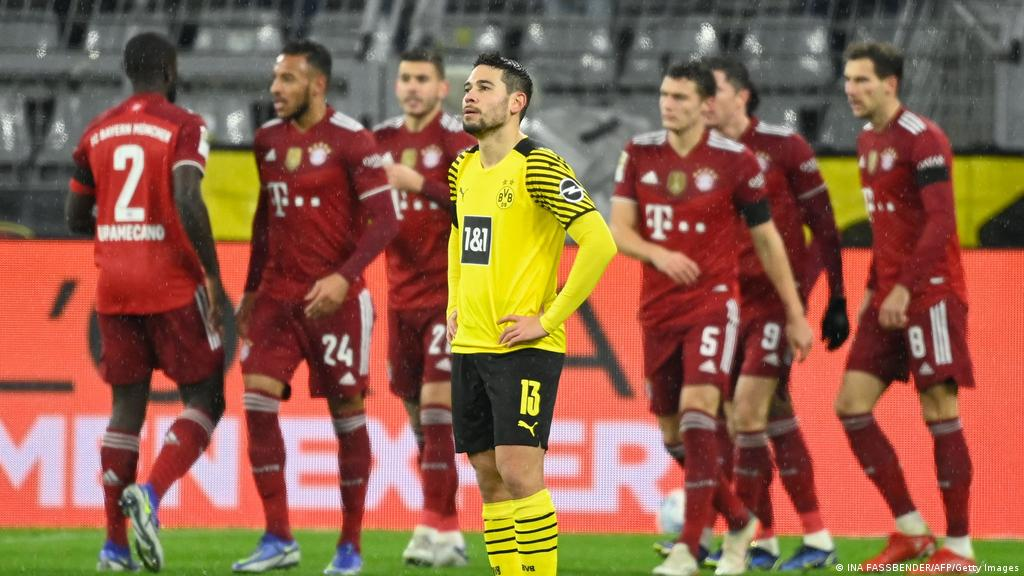
4. Derby della Madonnina – also known as the Milan Derby, this match involves two of the most prestigious clubs in the Serie A in AC Milan and Inter Milan. As their names suggest, the two teams hail from the Italian city of Milan and even share the famous San Siro stadium. Their rivalry is believed to be motivated by socio-economic factors since AC Milan’s fan base is mostly made up of working-class people while that of Inter consists primarily of upper-class supporters. The two clubs have been at loggerheads since they first met on January 10, 1909. At this time, Inter have managed to secure more wins than their nemesis.
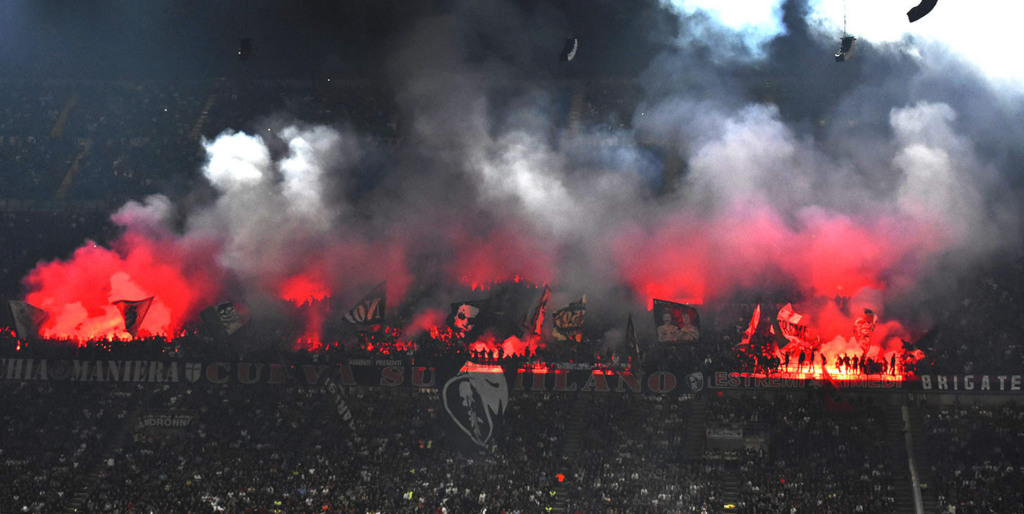
5. The Superclásico – rounding off the list is the derby between Argentine juggernauts Boca Juniors and River Plate, who are both situated in the city of Bueno Aires. The two clubs first locked horns on August 24, 1913 and have since clashed on more than 250 occasions. Their enmity is believed to be fueled by the differences in the social standing of their fan bases with Boca Juniors boasting of a more blue collar following and River Plate consisting of predominantly upper-class supporters. Boca Juniors currently lead in the number of wins
